Panasonic Leica 12mm Summilux f1.4 ASPH Review:
The collaboration between Leica, and Panasonic has created some excellent lenses in the past. For instance, one of my favorite lenses to this day is still the amazing 42.5mm Nocticron. So, when Panasonic announced the 12mm Summilux in June 2016, my expectations were definitely high. Here is a lens that essentially even looks like a 24mm equivalent of a Nocticron. However, like its bigger brother, the asking price is steep. At $1,297, one has to wonder if the 12mm Summilux is really worth it because there are a lot of great lenses like the Olympus 12mm f2.0 that are significantly cheaper. So, I decided to get a copy in and test it, and here is what I think of the new Summilux.
Panasonic Leica 12mm Summilux f1.4 ASPH Build Quality:
Even though this is a lens made by Panasonic, there is clear evidence of Leica influence in the 12mm Summilux. First off, the build is downright impressive, and quite frankly, I wish more mirrorless systems would have lenses built like this one. Nothing feels cheap about the 12mm Summilux. Instead, you have something that is so solid and dense feeling. It’s assembled extremely well, and to top it off, the materials used are also top notch. You’re getting a metal construction here. The 12mm Summilux is also weather resistant, so the fun doesn’t stop when it gets a little rough out there.
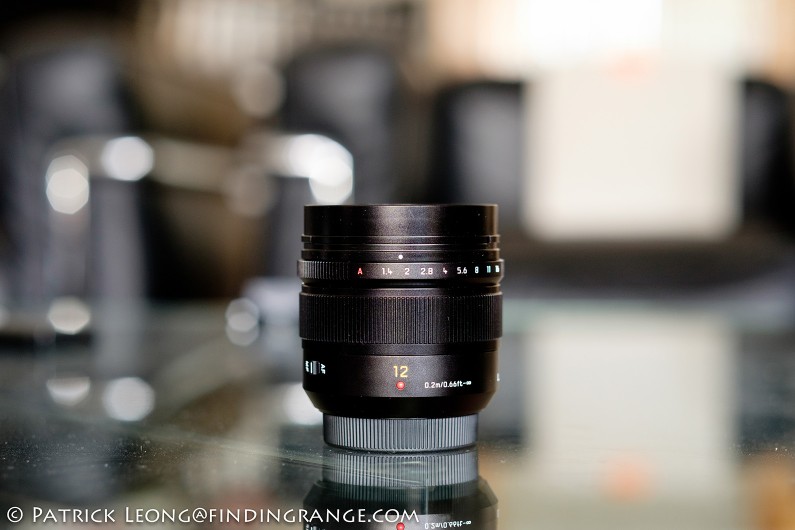
↑ Panasonic Leica 12mm Summilux f1.4 ASPH without the lens hood.
To match the quality of the Panasonic Leica 12mm Summilux f1.4 ASPH, a metal lens hood is also included. Here’s the thing with lens hoods: I am a firm believer in using them. However, there are a lot of the lenses I review nowadays that come with these huge monstrosities that are sometimes the size of the lens itself, and not only do they take up a lot of room in a bag, they make the lens look more conspicuous when it is mounted on the camera. With that said, the 12mm Summilux’s lens hood is a great design. It’s designed better than the one that comes with the 42.5mm Nocticron. Because it’s a bayonet style hood, it’s quick to remove and attach. Plus, it’s reversible, so it won’t take up any additional room in your bag. Lastly, it’s also a great match for the 12mm Summilux size-wise. I really think Panasonic deserves credit here. There are a lot of well-made lenses out there nowadays but it’s a little disappointing when a manufacture matches a well-built lens with some generic plastic hood. At $1,297, the 12mm Summilux definitely isn’t a cheap lens but I’m glad to see they paid particular attention to the little details.
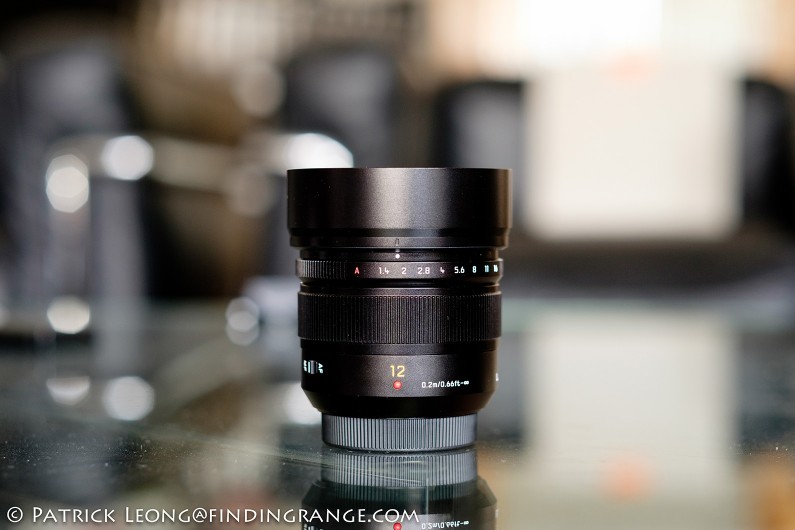
↑ Panasonic Leica 12mm Summilux f1.4 ASPH with the lens hood attached.
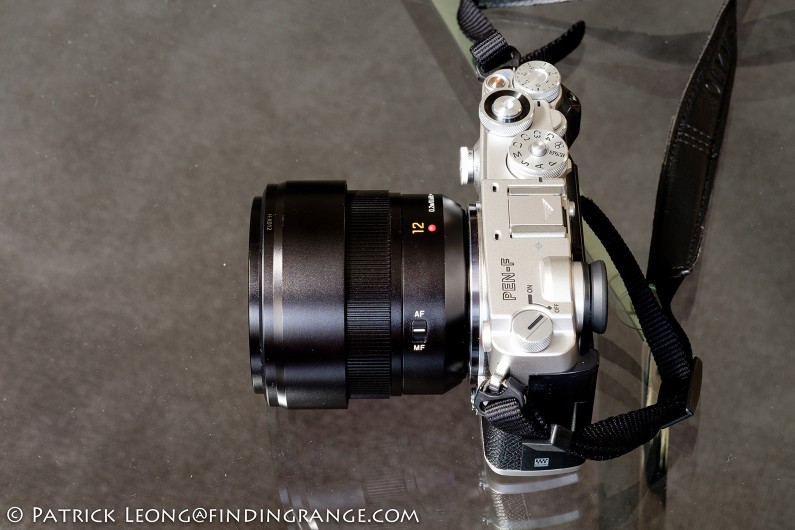
↑ The lens hood is fully reversible, which helps save space in your bag.
Adding to the overall fantastic build quality are the functions like the aperture ring for instance, which clicks distinctly in third stops. It really has a nice mechanical feel to it, which seems to be missing from a lot of current lenses these days. To me, it has just the right amount resistance and smoothness. It actually reminds me of my Leica M lenses. It’s really too bad that I didn’t get to use it because I was testing this lens on the Olympus Pen-F, and the aperture ring only works on the Panasonic bodies. In addition to the excellent aperture ring, there are other features like the smooth focus ring, and a switch on the lens to turn the autofocus on and off.
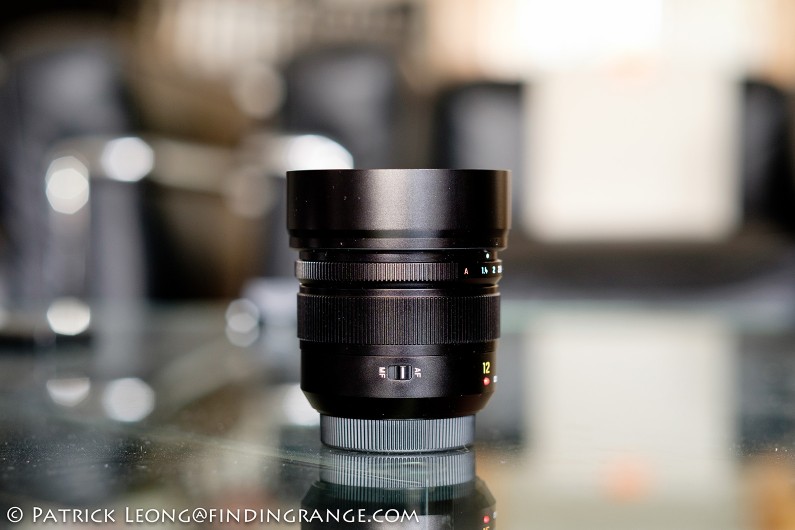
↑ There’s a switch on the side to turn the autofocus on and off.
Speaking of the autofocus, with an inner focus drive system and a stepping motor, the 12mm Summilux’s autofocus is simply blazingly fast. The autofocus operation is smooth and virtually silent, and together with Panasonic’s Depth from Defocus (DFD) technology, it supports precise focusing for recording 4K video. There is nothing really to complain about in this department.
Overall, the Panasonic Leica 12mm Summilux f1.4 ASPH is a really high quality lens, and I’m very impressed by it. I can’t really think of anything bad to say about it other than it may be too large and heavy for some. Being that the 12mm Summilux has a wide open aperture of f1.4, it’s going to be larger in size. Plus, because of its size, and the quality of its materials, it’s going to be a bit heavier. But personally, I didn’t feel it was that bad. It weighs 335 g, and I used it all day in the summer heat without any problems. It balanced nicely with the Pen-F, and I never felt like it weighed me down. I look at it this way: micro four thirds gear is already so compact and light that even with a larger and heavier lens mounted on one of these bodies, the overall size and weight still aren’t a major issue. But that’s how I feel, of course, and others that are invested in the micro four thirds world, might think otherwise, which is perfectly fine. Some may buy into the m43 world because they specifically want the lightest kit possible, which in that case, something like the Olympus M.Zuiko 12mm f2.0 might be a better choice, if f1.4 is not needed.
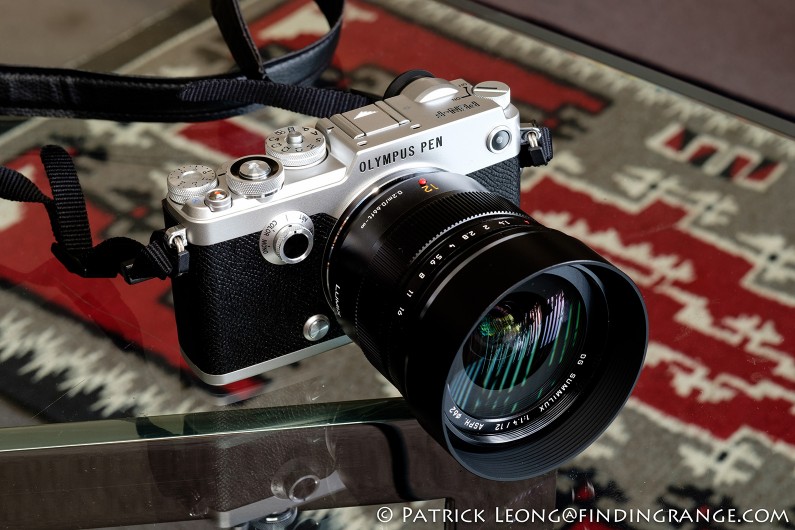
↑ The Olympus Pen-F and the 12mm Summilux; this is a fantastic combo.
Panasonic Leica 12mm Summilux f1.4 ASPH Image Quality:
In terms of image quality, the Panasonic Leica 12mm Summilux f1.4 ASPH delivers everything we’ve come to expect from these Panasonic Leica lenses. This is really one of the most awesome lenses that I’ve used in a long time. I found it to be a contrasty little lens with brilliant, vibrant, and rich colors. As we know, good lighting is key to good photographs, and if you find the right lighting with this lens, you’re going to get some superb images with dynamic color and three-dimensional pop. In terms of flare, I didn’t experience much at all, except when the sun was directly in my photo, of course. There is vignetting, at f1.4, which is expected but impressively, it nearly clears all up by f2.0.

↑ Beautifully rich colors, and nice three dimensional pop. This was taken at f5.6.
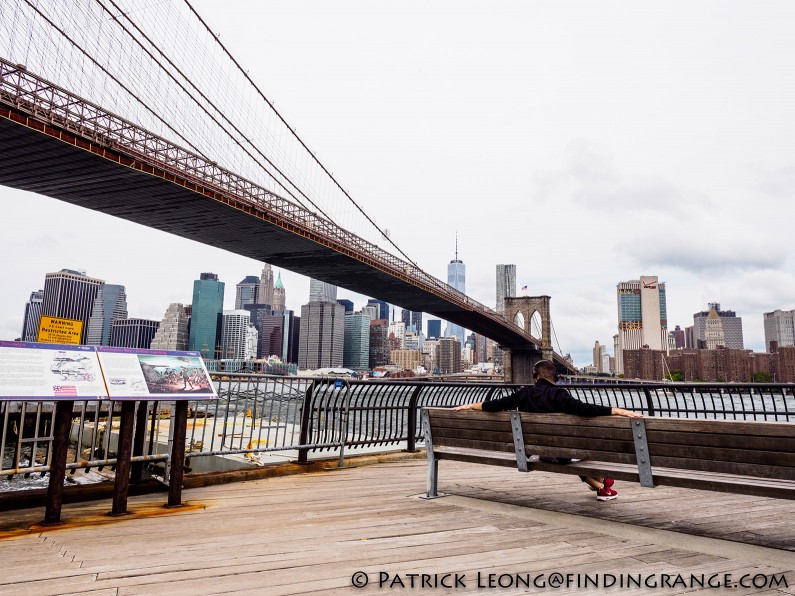
↑ This was taken at f8.
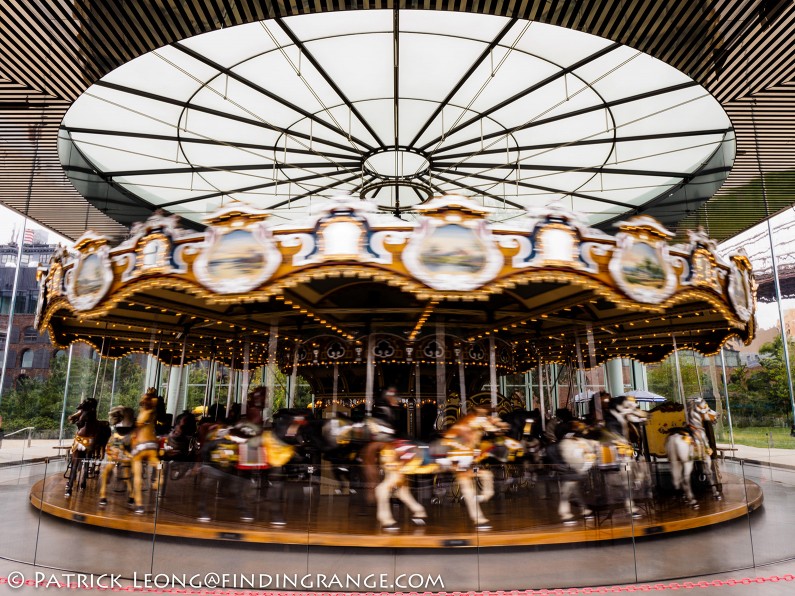
↑ This was taken at f16 handheld.
As for sharpness, let’s just say it’s hard to ask for a better 24mm equivalent lens. Even at f1.4, images are tack sharp, and quite frankly, I was impressed by how well the corners held up. Stopping down to just f2 sharpen things further including the corners. After f11, diffraction kicks in a bit but overall, this is a lens where you should feel completely comfortable using throughout its aperture range. This is one of the sharpest, and most technically competent 24mm equivalents I’ve tested in a long time. It captures every little detail imaginable.

↑ The 12mm Summilux is still sharp as a tack even at f1.4.
↑ This is inside the Oculus taken at f8.

↑ Here is an example at f4.
But as I said in my first impression blog post of the Panasonic Leica 12mm Summilux f1.4 ASPH, it’s not just the technical specs that make this lens so good to me. Like other Panasonic Leica lenses I’ve reviewed before, images are sharp but at the same time, they don’t ever look harsh or sterile. There’s a smooth rendering, and at least to my eyes, even a slight Leica look to them. Nowadays, with computer aided designs, I’m sure it’s a lot easier to make a technically competent lens but sometimes it’s more than just science and good tech. Even to this day, I still believe that there are just some lenses that have that special quality to them. I know all of you know what I mean; we all have our favorite lenses for some particular reason. What I particularly like about the photos taken with this lens is that there is a presence and a glow to them, which is what I think makes a lens special. The 12mm Summilux ASPH isn’t just a technically perfect lens, it has a little soul to it or as some refer to it as character.

↑ This was one of the most beautiful days in the city this summer. This was taken at f11.
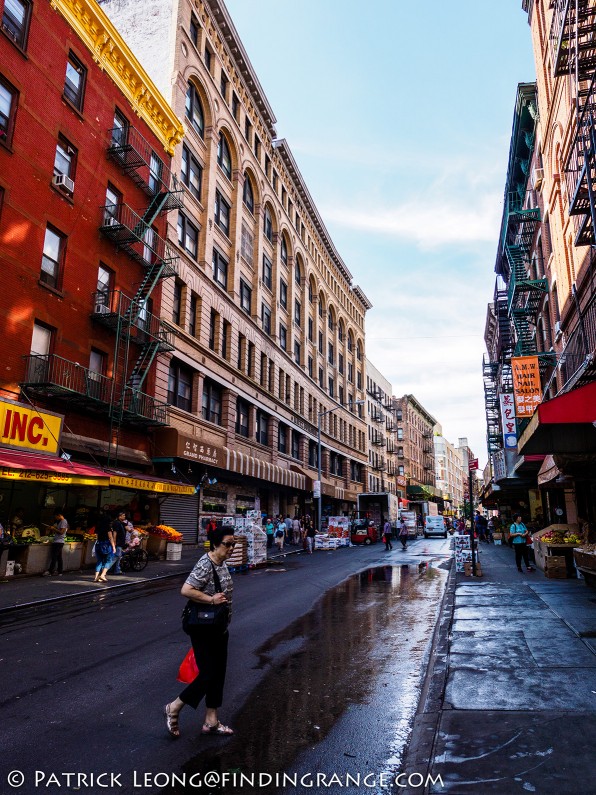
↑ This taken at f5.6.

↑ This was taken at f5.
As for the bokeh, with its nine aperture blades, it’s very smooth and three dimensional. It really, really looks nice but keep in mind that the 12mm Summilux ASPH is a wide angle lens, so don’t expect extremely shallow depth of field like a 42.5mm Nocticron, for instance, (wow, that lens is always on my mind, apparently) unless, of course, you shoot very closely, which at 20cm, it can do quite well. Still, it’s great to have the f1.4 aperture not just for the shallower depth of field but also because it just makes the lens that much more versatile. If you shoot a lot at night for instance, one stop can mean you’re shooting at 3200 ISO instead of 6400 ISO.
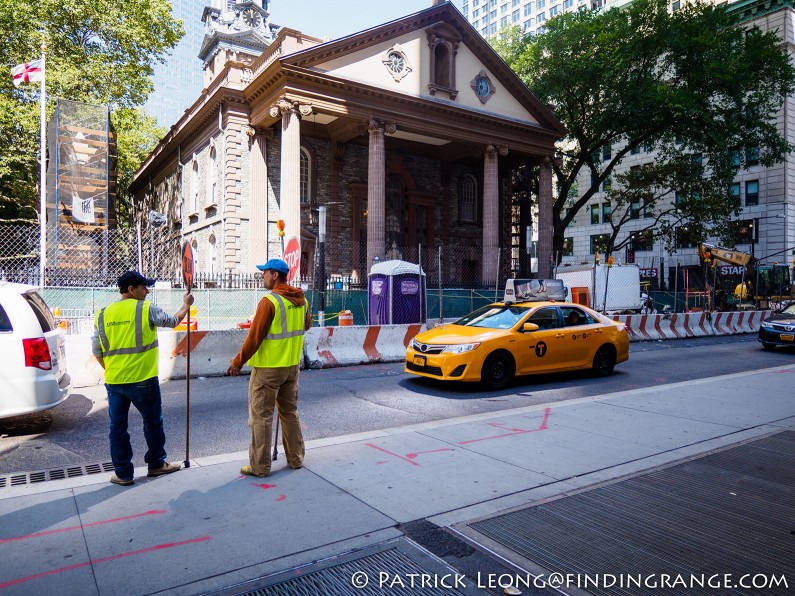
↑ Here’s an example at f1.4 from a farther distance.

↑ Here’s another example taken at f1.4. I love how smooth the bokeh looks; there’s really nothing harsh about it.

↑ Here’s another example taken at f1.4.

↑ Here’s one more taken at f1.4.
Panasonic Leica 12mm Summilux f1.4 ASPH vs. Olympus M.Zuiko 12mm f2.0:
Now, the 12mm Summilux f1.4 ASPH is a fantastic lens but I’m sure there are a few out there who are wondering if it’s really worth purchasing over say the Olympus M.Zuiko 12mm f2.0, for instance. At $1,297, it’s a lot more than the little Olympus’ $799 list price, which by the way, is currently discounted by $200, making the total actually $599. The build quality of the Panasonic is better, and so are the materials that are used. Plus, the 12mm Summilux is weather sealed, image quality is excellent, and it has that f1.4 aperture. But with that said, the Olympus is a great lens as well.
For one, while I’m definitely okay with using the 12mm Summilux as an everyday lens, it’s just not going to be as light or as compact as the Olympus 12mm. It may not have the f1.4 aperture but the Olympus definitely makes up for that in terms of size. It’s a great travel lens. Plus, f2.0 isn’t exactly slow. While I can’t do a direct image quality comparison between these two lenses right now because I don’t have a 12mm f2 on hand, I can tell you that the Olympus 12mm’s image quality is also great. I’ve used it many times, and I’m quite impressed by it as well. I’m sure these two lenses have different optical characteristics but in general, you’re dealing with two high quality lenses.
So, I think it really comes down to what you really want from your micro four thirds system. One of the benefits of micro four thirds is its small size, and if you want to maximize that benefit, then the Olympus M.Zuiko 12mm f2.0 is probably the lens you’ll be looking at more, especially if you don’t need f1.4. But with that said, The Panasonic is seriously one of the best lenses I’ve used in a long time. I really love it. In addition to the f1.4 aperture, weather sealing might also come in handy.
Panasonic Leica 12mm Summilux f1.4 ASPH Pros And Cons:
Panasonic Leica 12mm Summilux f1.4 ASPH Pros:
- Superb build quality.
- Weather sealed.
- All metal design.
- Excellent metal lens hood.
- Ultra fast autofocus.
- Fantastic image quality.
- f1.4 maximum aperture.
- Great bokeh.
Panasonic Leica 12mm Summilux f1.4 ASPH Cons:
- May be considered large and heavy by some.
- While I feel the build and image quality are worth it, the 12mm Summilux is still expensive.
Panasonic Leica 12mm Summilux f1.4 ASPH Verdict:
The bottom line is the Panasonic Leica 12mm Summilux f1.4 ASPH is truly an exceptional lens. The construction, and the materials used are absolutely superb. The autofocus is lightning fast, and the lens is also weather resistant. To top it off, the image quality is outstanding. This lens renders colors beautifully, and it’s ultra sharp. This level of sharpness can be seen throughout the entire aperture range, which makes this lens extremely useable and versatile. Bokeh is also ultra smooth. More importantly, this lens has character.
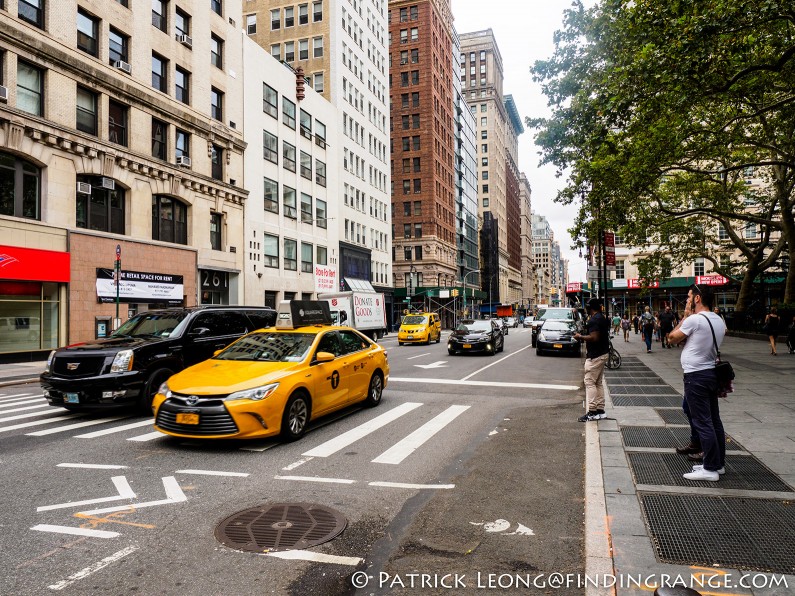
↑ This is somewhere near City Hall; this was taken at f5.6.
↑ I thought the shapes were very cool :). This was taken at f8.
Quite frankly, I can’t really think of any downsides to this lens other than maybe the size and price. For an f1.4 lens, the size makes sense but it’s still large when you compare it to something like the Olympus 12mm f2. Furthermore, at $1,297, the 12mm Summilux is quite expensive, so this may only be for someone who truly likes using a 24mm focal length. But truthfully, I think this lens is worth every penny, and I’m perfectly fine with the size considering the overall quality of the lens. I’m very impressed with 12mm Summilux, and if I was looking for a 24mm equivalent for a micro four thirds body, this would probably be the one that I would buy. The 12mm Summilux has quickly become one of my favorite lenses, and I really don’t want to return it. I highly recommend it to anyone who is looking for a versatile wide angle.
Thanks for taking the time to read my review! If you’re considering purchasing the 12mm Summilux, and my review helped you decide, please help support this site by purchasing from any of the links in this review. It will not cost you anything extra. Thank you for your support!

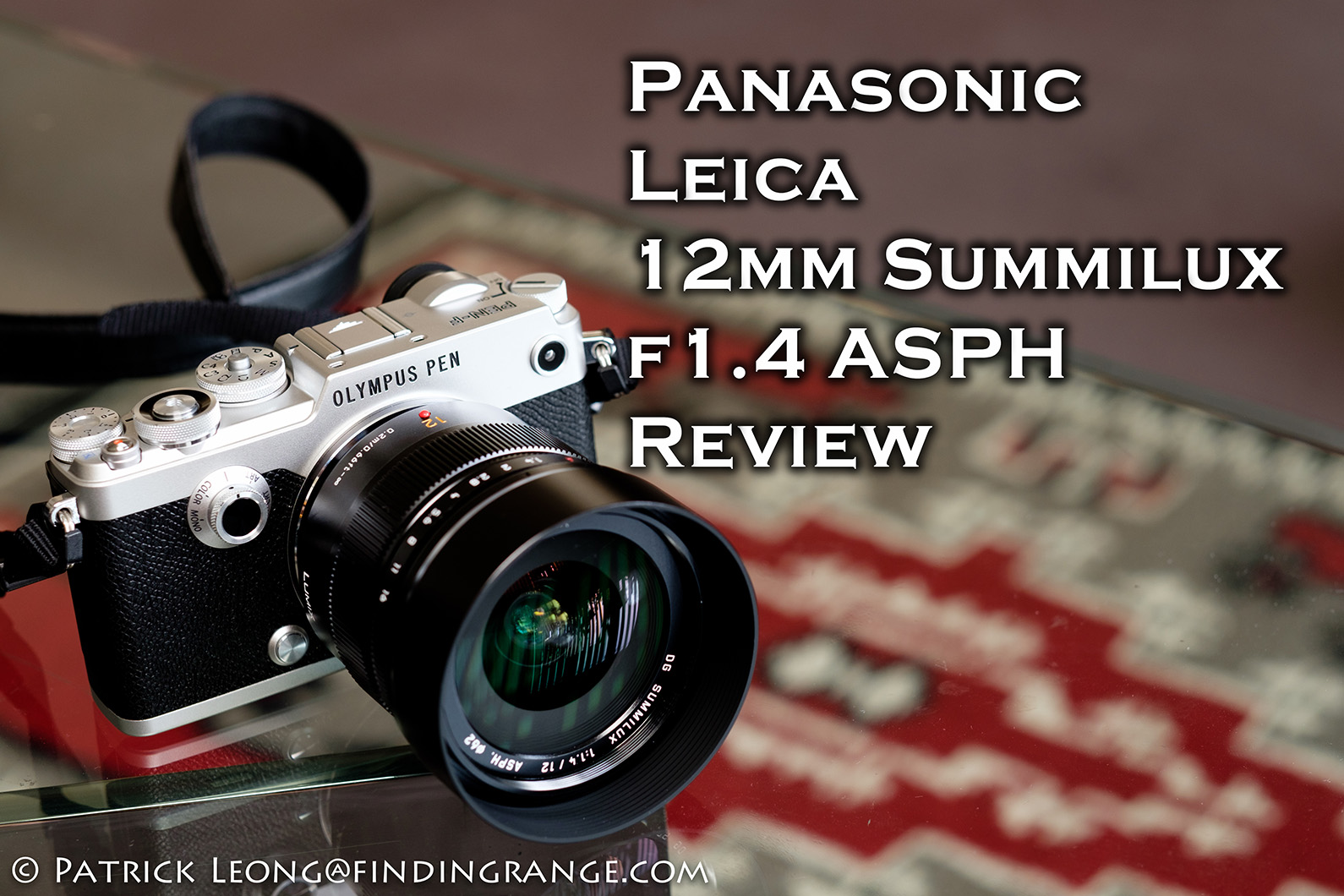

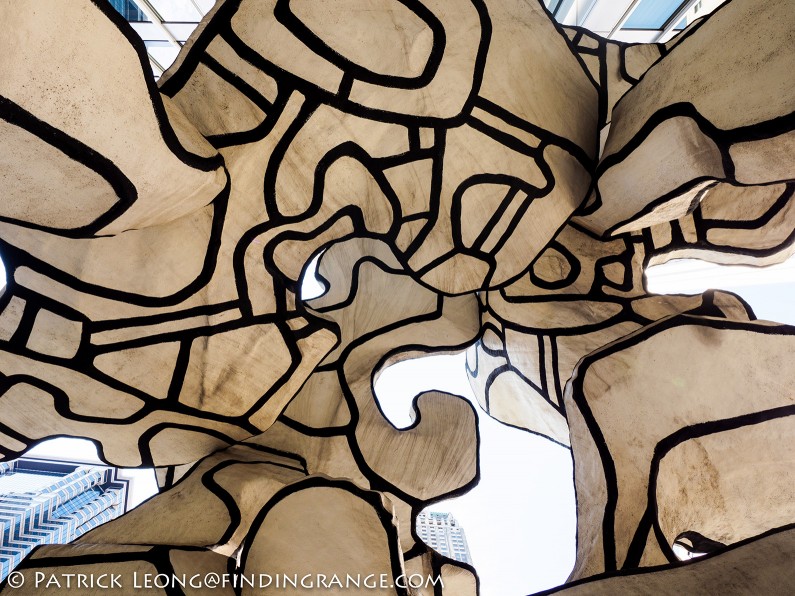
Thank you for the review, the photos do look great. What software do you use to edit them?
Hi Alex,
Thanks for taking the time to read it! Sorry for the late reply. At the time, I was using Camera Raw in Photoshop CC but as of now, I’ve been trying out Capture One 10. If you have any other questions, please let me know. Thanks for stopping by!
Best,
Patrick